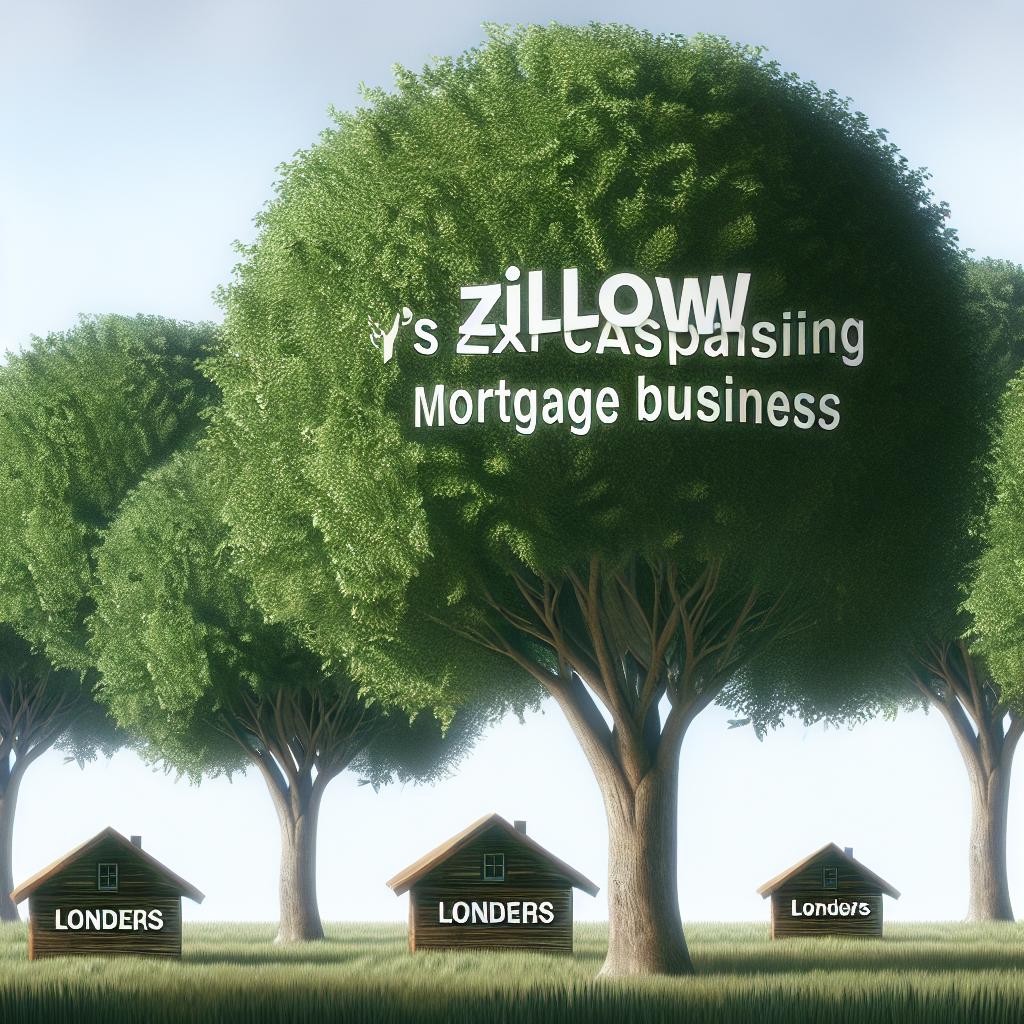Zillow’s Expanding Mortgage Business: A Warning to Lenders
In recent years, Zillow has become a household name in the real estate industry, primarily known for its online marketplace that connects buyers, sellers, and renters. However, Zillow’s ambitions extend beyond just being a real estate listing platform. The company has been making significant strides in the mortgage sector, raising eyebrows and concerns among traditional lenders. This article delves into Zillow’s expanding mortgage business and explores why it serves as a warning to established lenders.
The Rise of Zillow in the Mortgage Industry
Zillow’s foray into the mortgage business began in earnest with the acquisition of Mortgage Lenders of America in 2018. This strategic move allowed Zillow to offer mortgage services directly to its users, integrating the home buying and financing process. Since then, Zillow has rebranded its mortgage division as Zillow Home Loans, aiming to streamline the home buying experience.
By leveraging its vast user base and data-driven insights, Zillow has positioned itself as a formidable player in the mortgage industry. The company’s ability to offer competitive rates and a seamless digital experience has attracted a growing number of homebuyers, challenging traditional lenders to rethink their strategies.
Key Advantages of Zillow’s Mortgage Business
Zillow’s expansion into the mortgage sector is underpinned by several key advantages that set it apart from traditional lenders:
- Data-Driven Insights: Zillow’s platform collects vast amounts of data on user behavior, preferences, and market trends. This data allows Zillow to offer personalized mortgage solutions and competitive rates.
- Seamless Integration: By integrating mortgage services with its real estate platform, Zillow offers a one-stop-shop experience for homebuyers, simplifying the process of finding and financing a home.
- Digital Experience: Zillow’s user-friendly digital interface appeals to tech-savvy millennials and Gen Z buyers who prefer online transactions over traditional in-person meetings.
Challenges for Traditional Lenders
The rise of Zillow in the mortgage industry presents several challenges for traditional lenders:
- Increased Competition: Zillow’s competitive rates and streamlined processes put pressure on traditional lenders to innovate and offer similar digital experiences.
- Market Share Erosion: As Zillow captures a larger share of the mortgage market, traditional lenders risk losing customers who are drawn to Zillow’s integrated services.
- Adaptation to Technology: Lenders must invest in technology to enhance their digital offerings and meet the expectations of modern homebuyers.
Case Studies and Statistics
Several case studies highlight the impact of Zillow’s mortgage business on the industry. For instance, a 2022 study by the National Association of Realtors found that 45% of homebuyers aged 25-34 used online platforms like Zillow to secure their mortgages. Additionally, Zillow’s mortgage division reported a 30% increase in loan originations in 2023, underscoring its growing influence.
These statistics illustrate the shifting landscape of the mortgage industry, with digital platforms like Zillow gaining traction among younger, tech-savvy buyers.
Conclusion: A Call to Action for Lenders
Zillow’s expanding mortgage business serves as a wake-up call for traditional lenders. To remain competitive, lenders must embrace digital transformation, leverage data-driven insights, and offer seamless, integrated services that meet the needs of modern homebuyers. As Zillow continues to disrupt the industry, lenders must adapt or risk being left behind in an increasingly digital world.
In summary, Zillow’s entry into the mortgage market is not just a trend but a significant shift that demands attention and action from traditional lenders. By understanding and responding to these changes, lenders can position themselves for success in the evolving real estate landscape.



